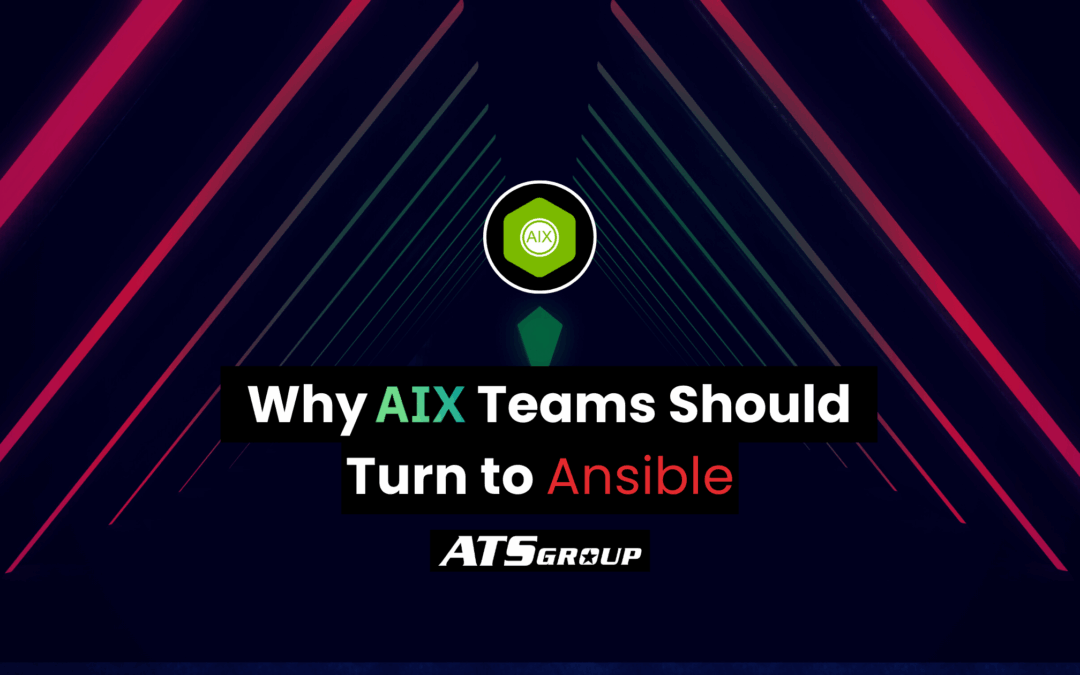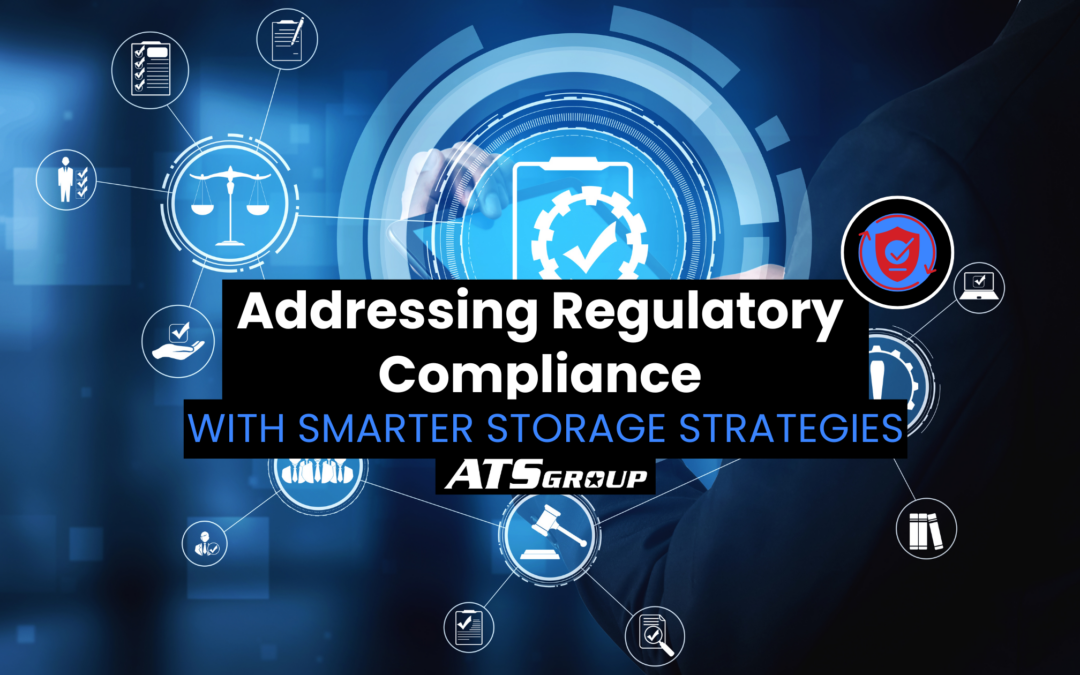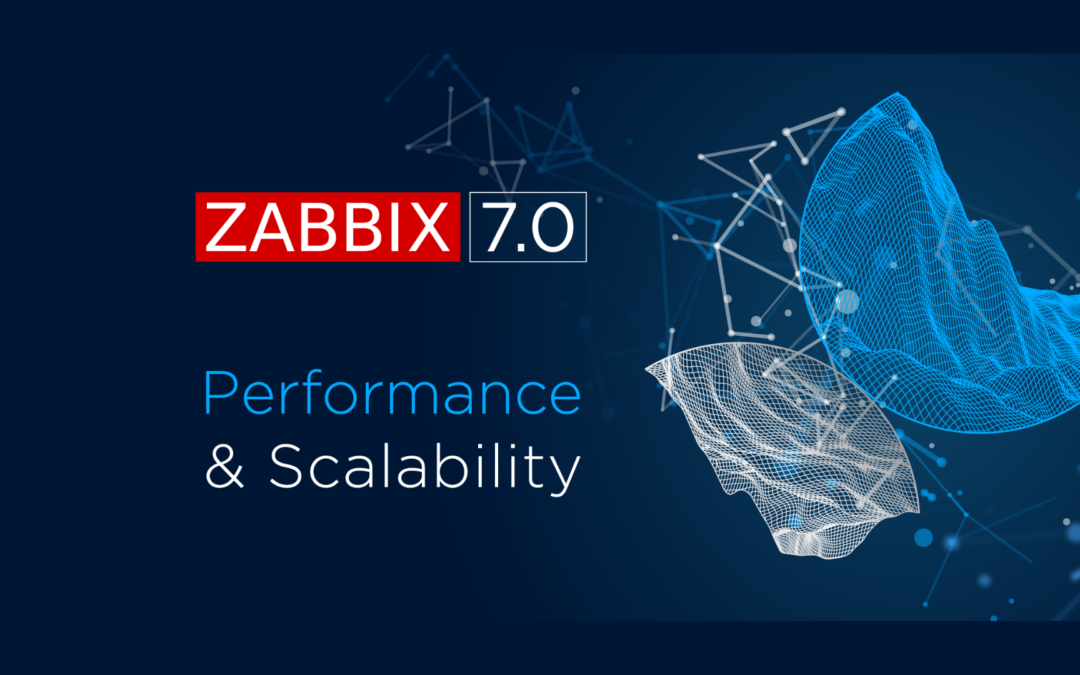IBM’s FlashSystem 900 is a high-performing all-flash array. If you want extremely low latency for your application, this is the box for you. However, if you want advanced functionality, such as data replication, sub-volume tiering, or point-in-time copies, you need something more than a FlashSystem 900. One solution might be to place your FlashSystem 900 behind an IBM SAN Volume Controller (SVC) cluster. This is a proven solution, providing SVC’s feature-rich Spectrum Virtualize software stack and FlashSystem’s performance in 6U of rack space.
But what if IBM combined these two products, threw in Non-Volatile Memory Express (NVMe), and put it all in one tidy package? With the new FlashSystem 9100, IBM has done just that. It combines the robust feature set of the Spectrum Virtualize software stack with the extreme performance of FlashSystem, in just a 2U rack footprint. The benefits of this marriage are many; let’s discuss a few of them.
Hardware Performance
The flash drives in the FlashSystem 9100 control enclosure are connected via Non-Volatile Memory Express (NVMe). NVMe is an efficient storage protocol, with less overhead than previous protocols such as SCSI. A future code upgrade will allow the FlashSystem 9100 to provide NVMe over Fiber Channel (FC-NVMe); the hardware is capable today. This is a significant advancement, as it makes use of the NVMe protocol between the storage system and the host, eliminating the overhead of SCSI on the host side. High SCSI workloads can consume significant CPU resources on the host. NVMe is designed to be significantly more efficient, allowing higher workloads and deeper queues, with lower CPU utilization than SCSI.
FlashSystem 9100 can be outfitted with either industry standard NVMe drives, or IBM FlashCore Modules. FlashCore Modules have hardware-based compression built in, which imposes no performance penalty. This can provide significant capacity savings with no impact on throughput or latency. Customers can get a savings guarantee from IBM… up to 5:1 if IBM can analyze the customer’s data, and even 2:1 with no data analysis.
Software Capabilities
Hardware is only half of the story. The addition of the Spectrum Virtual software stack really enhances the appeal of the FlashSystem 9100, and most of the features described below are included in the base software license.
Storage Virtualization
IBM’s sub-volume tiering technology, Easy Tier, is included with FlashSystem 9100. This opens up the opportunity to better utilize the flash capacity installed in the system, by adding a second or third tier of storage. Easy Tier can place the hot portions of a volume on flash capacity, and cold portions on a slower technology, saving flash capacity for only workloads which can benefit from the performance.
In regard to adding storage tiers to FlashSystem 9100, we have two options. First, we can add internal storage to the system. The NVMe drives installed in the FlashSystem 9100 control enclosure are considered “Tier 0” flash by the system. SAS-attached expansion enclosures can be added to the system, housing “Tier 1” flash drives in traditional 2.5” SSD form factor. However, FlashSystem 9100 is an all-flash system and installing spinning media is not supported, even in expansion enclosures. It would seem that this limits us to tier 0 flash and tier 1 flash, but that brings us to the second option for additional storage tiers.
Since the full Spectrum Virtualize stack is present, we can virtualize any of approximately 400 supported IBM and non-IBM arrays. Externally virtualized capacity can be any tier of storage, so this is a method for adding enterprise-tier drives or nearline-tier drives to the system. Spectrum Virtualize’s image mode is also available as an easy way to migrate data from an existing array onto the FlashSystem 9100. While external virtualization is enabled on all FlashSystem 9100s, this feature is licensed based on capacity virtualized, so there is an additional license cost for this.
Copy Services: Point-in-Time Copies, Disaster Recovery, & High Availability
DR and HA options are significantly enhanced with the addition of the Spectrum Virtualize software. On its own, a FlashSystem 900 has no real DR or HA functionality. That all changes with the FlashSystem 9100.
FlashSystem 9100 supports the same suite as the other Spectrum Virtualize products. Synchronous replication via Metro Mirror and asynchronous replication via Global Mirror or Global Mirror with Change Volumes are available and built in to the base FlashSystem 9100 license. As a full-fledged member of the Spectrum Virtualize family, FlashSystem 9100 can replicate with any other device running the Spectrum Virtualize software stack, such as other FlashSystem 9100s, SVC clusters, Storwize arrays, or IBM Spectrum Virtualize for Public Cloud.
Replication from an on-premise FlashSytem 9100 to a cloud-based Spectrum Virtualize for Public Cloud instance provides a powerful way to implement disaster recovery without the overhead of a second facility. In addition, since it’s the same software stack running in the cloud, you get most of the Spectrum Virtualize features you’ve become accustomed to with your on-premise systems.
On the HA front, FlashSystem 9100 supports HyperSwap, providing active-active high availability between two sites separated by up to 300 km. Hosts can access a HyperSwap-protected volume at either site, providing continuous availability even in the scenario of a full site failure.
In addition to the above DR and HA features, FlashSystem 9100 supports FlashCopy, which is IBM’s point-in-time copy technology. FlashCopy is a welcome addition to the FlashSystem lineup. The FlashSystem 900 does not include point-in-time copy technology, while some of its competitors’ products do.
FlashCopy works great on all-flash arrays like this. Back in the days when all storage was spinning disks, making extensive use of FlashCopy could add overhead such that the underlying disks were overloaded. But with the performance of flash storage, this danger is significantly reduced. FlashCopy is great for creating test copies of databases, backups, cloning boot volumes, and many other uses. FlashSystem 9100 brings this useful feature to the FlashSystem family. And, once again, it’s included in the base license, with no additional cost.
Clustering
FlashSystem 9100 brings with it the ability to cluster multiple systems together into one larger system, managed as a single entity. Just like Storwize and SVC, FlashSystem 9100 can cluster up to eight nodes (four control enclosures) into a single system. A host accessing the clustered system can use capacity housed anywhere on the cluster: control enclosures, expansion enclosures, or externally virtualized storage. And the host’s data can be non-disruptively moved around as needed.
Furthermore, if you are a current Storwize V7000 Gen2 or Gen2+ customer, then you’re in luck! Those systems can be clustered with FlashSystem 9100s, either for expansion purposes or migration purposes.
But Wait, There’s More…
This article touched on some of the ways in which the combination of Spectrum Virtualize software and FlashSystem performance make for a much more versatile product. FlashSystem 9100 has numerous other features, such as thin provisioning, compression, deduplication, volume mirroring, iSCSI, and others.
For all the reasons described here, and more, the combination of FlashSystem performance and Spectrum Virtualize capabilities makes the new FlashSystem 9100 a very capable product.
About ATS
As new tech emerges offering business advantages, enterprises need support and expertise that will enable them to reap the benefits. Based near Philadelphia, the ATS Group offers agile services aligned with modern IT innovations, providing a critical competitive edge. For almost 20 years, our consultants have worked together to provide independent and objective technical advice, creative infrastructure consulting and managed support services for organizations of all sizes. Our specialist help clients store, protect and manage their data, while optimizing performance and efficiency. The ATS Group specializing in server and storage system integration, containerized workloads, high performance computing (HPC), software defined infrastructure, devops, data protection and storage management, cloud consulting, infrastructure performance management and real-time monitoring for cloud, on-premises and hybrid solutions. The ATS Group supports solutions from today’s top IT vendors including IBM, VMware, Oracle, AWS, Microsoft, Cisco, Lenovo, Pure Storage and Red Hat.



